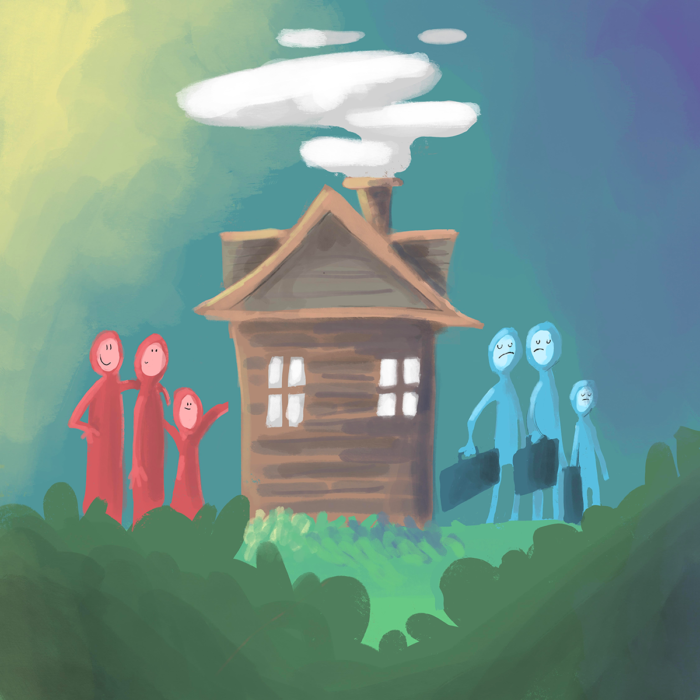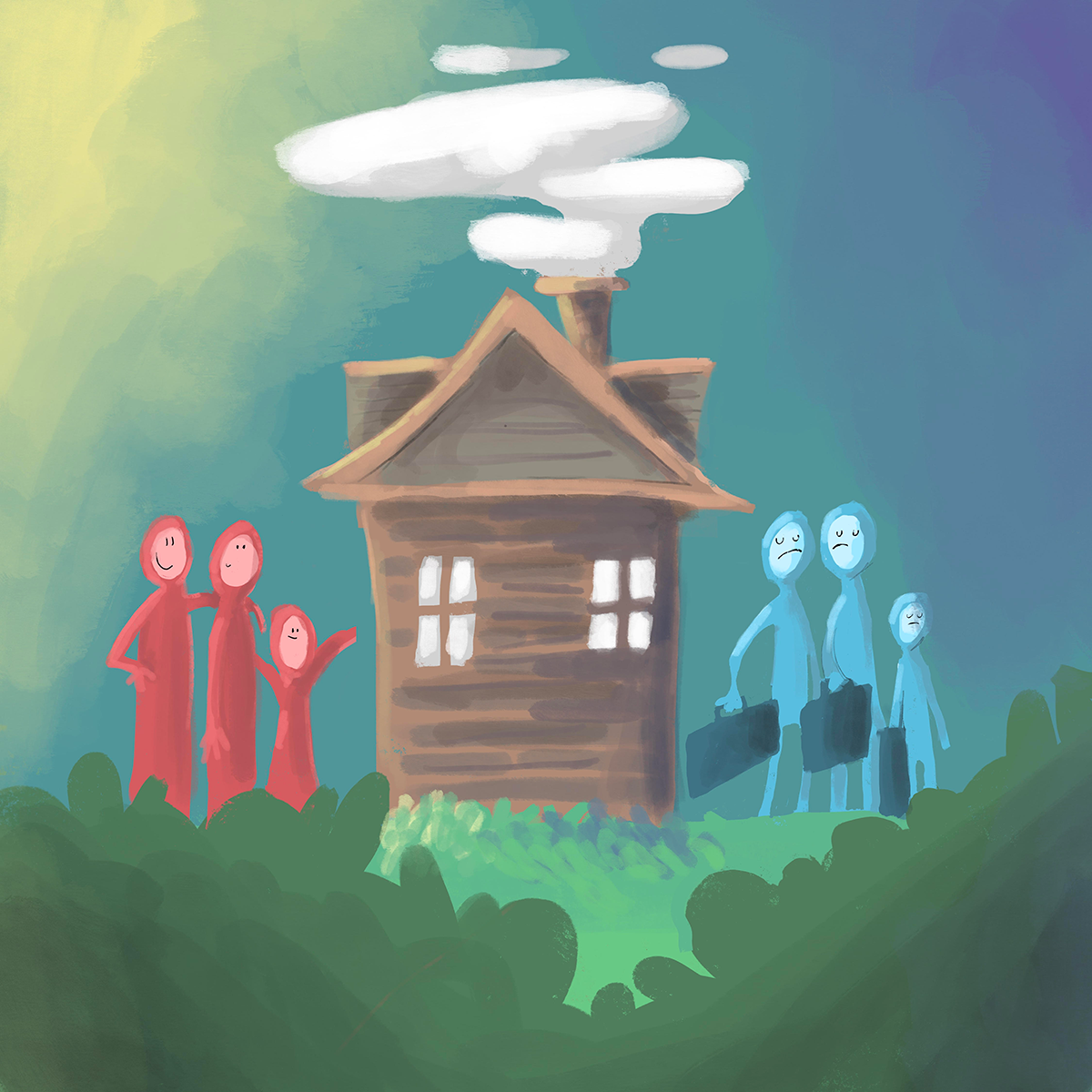
When the broader economy experiences a downturn, the housing market usually goes down with it. Take the first five years of the Great Depression, a period during which the unemployment rate approached 25 percent. From 1930 to 1934, the overall U.S. housing stock shed about one-third of its value. Home values in Boise, Butte, and Salt Lake City fell by a quarter. Sacramento homeowners lost 33 percent of their equity. The value of a San Diego house dipped by an incredible 46 percent.
So it stands to reason that today’s housing market, with COVID-19 induced unemployment hovering above 10 percent, would have taken a tumble. But that hasn’t been the case. Instead, homes are selling for record prices in many Western metros. In one sense, this is good — nobody wants to see homeowners lose a third of their equity — but it’s also a symptom of worsening inequality.
“In some ways, this is a sign that the economy is just officially split in two,” Glenn Kelman, CEO of the Seattle real estate firm Redfin, told NPR. “You have people who are worried about unemployment benefits running out. And at the same time, you have other people who are able to work from home and thinking about the home all the time. And that’s where they want to spend their money.”
Given the state of our economy, the real estate numbers are astounding. The median home sales price in Las Vegas last month was $330,000 — an all-time high. “The Las Vegas housing market is not just a bright spot in the economy. It’s on fire,” said Tom Blanchard, president of Las Vegas Realtors, said in the organization’s monthly report. It’s high praise in an economy where unemployment remains at 18 percent — a figure topped only during the Great Depression.
It’s not just Las Vegas. In Denver, homes sold last month for a record median of $500,000. Coloradans bought more houses last month than they ever have. Albuquerque saw its home prices jump 10.3 percent since July 2019. Folks have keen interest in the Last Best Place, too. According to Montana’s multiple listing service, the state’s median sales price jumped 12 percent.
“It’s moving extremely fast,” Missoula broker Rebecca Donnelly told The Missoulian. “If something’s priced right, it has multiple offers on it the first day. We had a buyer put in an offer for a property under $300,000 and it had 11 offers.”
So why, with unemployment at levels unseen since the Depression, have home prices surged? As Kelman alluded to, there is strong demand among those in the work-from-home crowd, who also are capitalizing on ridiculously low mortgage interest rates. And those folks are competing for fewer properties than usual. Most Western metros have had a chronic housing shortage since the late-2000s Great Recession, when construction slowed rapidly. San Francisco, for instance, added homes at one-quarter the pace it added jobs from 2011 to 2017.
Thus, housing inventory is nowhere near demand. In Las Vegas, listings were down 38 percent from a year ago. In Albuquerque, there aren’t even half as many homes for sale as there were in July 2019.
In all, experts see the strong demand in housing as an economic bright spot amid the pandemic, one that will have follow-on effects such as a boost in construction (housing starts jumped 22 percent between June and July). And the pandemic is, at least for now, changing buying patterns. “In a nutshell, economic and housing activity will shift from large cities to mid-sized cities and away from urban centers to the suburbs,” University of California, Los Angeles economist David Shulman wrote.
With bars shuttered and social distancing measures in place, Shulman and others argue the desire to live in small, amenity-laden urban dwellings will subside. Rather, folks will choose larger homes that can support a home office. Further, demand may spike in the West’s outdoor destinations like Bozeman, Montana and Bend, Oregon, where people have long flocked for access to the outdoors. If one can work from home, why not make home be in the mountains?
The state of affairs is far less rosy for renters. The Aspen Institute estimates that between 19 million and 23 million renters — one in five nationwide — are at risk of eviction by September. In a recent U.S. Census Bureau survey, 34 percent of renters said they were unlikely to make their August rent payments. As CityLab’s Kriston Capps writes, the survey “paints a picture of a nation veering toward widespread financial precarity.” Compounding the problem is the expiration of most eviction moratoria put in place during the pandemic and the federal government’s $600 per week unemployment bonus.
An eviction crisis is problematic for landlords, too. A survey by the University of California, Berkeley’s Terner Center for Housing Innovation found that 80 percent of small landlords saw their rental income decline early in the pandemic. “We should all be worried,” wrote Terner Center Managing Director Ben Metcalf, “that one in four landlords have already borrowed funds to make ends meet and almost two in five lack confidence in their ability to make ends meet over the next 90 days.”
If small landlords struggle, the suffering will be widespread. Naturally, Metcalf wrote, those landlords and their families will incur a financial toll, and a loss of income could lead them to defer maintenance or sell off properties. Given these smaller complexes usually have the lowest rents, changing ownership could further exacerbate the eviction crisis.
To Vivek Sah, director of UNLV’s Lied Center for Real Estate, looming threats to landlord and renter alike means rental assistance from the federal government is a no-brainer. “You have this kind of a pandemic that is affecting everybody,” he told the Mountain West News Bureau. “As an option, what do you do? You evict assuming that there is demand, but demand itself is slowing down. There’s not very [many] options, so you’re probably better off forgiving the rent.”
Shulman, the UCLA economist, predicted the same factors pushing homeowners to the suburbs will cause urban rents to decline significantly, but that’s of little solace to unemployed people. Plus, the Terner Center’s Carol Galante argues, that dynamic will be short-lived. In a recent New York Times op-ed, Galante argued that, despite our pandemic-induced fears of crowds, the only way to make the housing market more stable for all is to embrace density. Cities, she figures, won’t cease to be the focal points of economic activity. The success of our recovery, therefore, “depends on whether we build enough housing to give an affordable toehold to those who want access to the opportunities these places offer. The key to doing so is to make cities denser, by loosening restrictive zoning that effectively blocks less-affluent American families from improving their lots in life.”
Progress is being made on that front. Last week, Portland’s city council voted to allow four to six homes on any lot if half of the units meet affordability standards. The law piggybacks on Oregon’s rule allowing duplexes on virtually all lots statewide. In Los Angeles, a measure incentivizing development around transit centers has resulted in more than 28,000 new units in the city — 6,300 of which are designated for low-income renters.
After the Great Depression and World War II, the U.S went on a building boom. Homeownership skyrocketed, thus establishing a strong American middle class in the 1950s through the 1970s. This accumulation of wealth had its downsides; 1950s developments emphasized car-dependent sprawl, and people of color were excluded from neighborhoods and financing due to to racist covenants. But if the U.S. can undergo a similar process today, one that embraces density and emphasizes people of color, the housing market could end up in a more just position than it was in before the pandemic.

